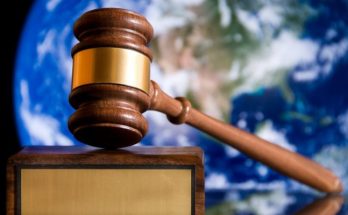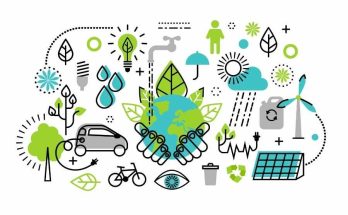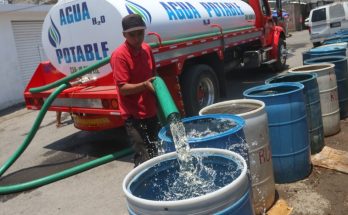By Alejandro Angulo
The relevance of biodiversity in our lives and the economy is currently underestimated. According to the United Nations Economic Commission for Latin America and the Caribbean (ECLAC), “It is estimated that almost 50% of the world’s gross domestic product depends on nature and its services. In Latin America and the Caribbean, 19% of jobs … are closely linked to biodiversity.” In addition, “It makes no sense to study poverty without studying nature.” This is because nature provides a variety of goods and services essential for survival and the ways people live. In particular, food, energy, and water are most vulnerable for the poorer groups in society. Environmental processes are strongly interconnected; any changes or alterations in natural processes can create drastic effects on one another, as well as impacts the well-being of the people who depend on them. Globally, governments funnel an estimated US$500 billion a year into projects that are potentially harmful to biodiversity, a figure that dwarfs investment in natural capital.”
It is possible to have adequate economic growth, without degrading biodiversity at the same time. This has already happened in several countries. In order to enhance biodiversity and to bring it to a sustainable and inclusive recovery, it is important to balance the three major objectives of the Convention on Biodiversity (CBD). These are: «(a) the conservation of biological diversity, (b) the sustainable use of its components, and (c) the fair and equitable sharing of the benefits derived from utilization of genetic resources, through adequate access to those resources and appropriate transfer of relevant technologies, as well as through appropriate financing.”
In an international forum on the subject held in Costa Rica last March, many questions were brought up. For example, what should be done politically so that society and decision makers properly consider the value of biodiversity for the human well-being? We are at a historic moment to make coherent and articulated systemic changes at different levels, sectors, and with the widest range of actors. Many tools and policies can be implemented in order to push for sustainability before a greater decline in biodiversity occurs.
Over the past 30 years, 138 million hectares of forest have been lost in Latin America. Latin America and the Caribbean have the largest decline in the world according to indices that record the abundance of bird, mammal, reptile, amphibian, and fish populations from 1970-2016. A quarter of environmental conflicts in the world are concentrated in Latin America and the Caribbean. Freshwater surfaces in South America have decreased by almost 7,000 km2 between 2005 and 2020.
Perhaps on a daily basis, we do not realize the value and contributions of biodiversity. Be aware that every time you eat, you owe that to agrobiodiversity. Each time you breathe, remember that biodiversity is also responsible for the production of oxygen. Our air quality depends on biodiversity removing pollutants and capturing CO2. Whenever you turn on the water faucet, remember that infiltration into aquifers, from which water comes, is also part of an ecosystem sustained by biodiversity. Investing in biodiversity is insurance for the future, for quality of life, and the production of valuable goods and services.




